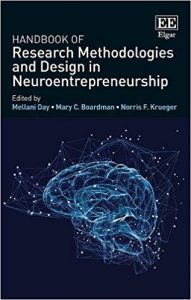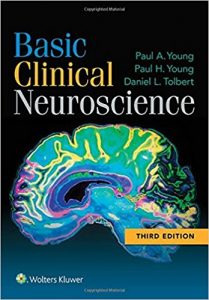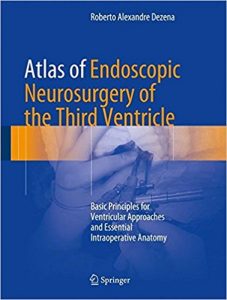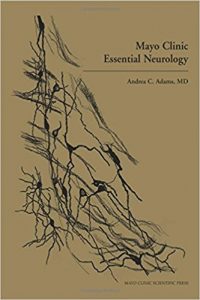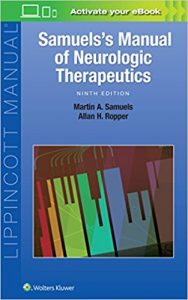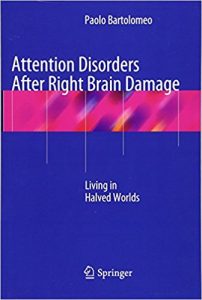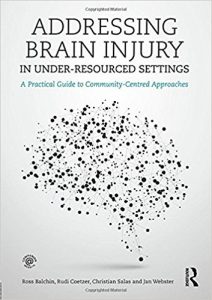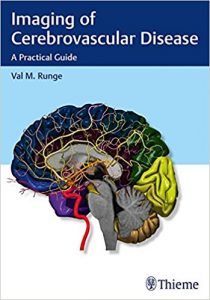Inherited Neurological Disorders: Diagnosis and Case Study 1st ed
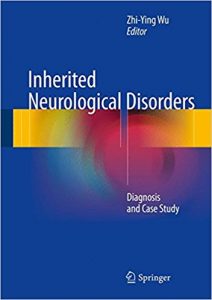
[amazon template=iframe image2&asin=9811041954]
This book provides up-to-date information on various inherited neurological disorders, presenting 40 cases of inherited neurological disorders with genetic diagnosis and/or pathological confirming. These disorders include cerebellar ataxia (SCA1, SCA2, SCA3, etc.), epileptic attacks related disorders (MELAS, MERRF, TSC, etc.), motor neuron related disorders (ALS, HSP, CMT, etc.), movement disorders (PD, PKD, DRD, etc.), ion channel diseases (hypokalemic periodic paralysis, normal potassium periodic paralysis), muscle diseases (DMD, FSHD, LSM, etc.), and dementia and psychiatric disorders (HD, CADASIL, CARASIL, etc.).
With the format of case study, one type of diseases is discussed on each chapter, basically consisted of 5 sections. Section 1 focuses on the detailed clinical features, physical examination and hematological examination, while Section 2 addresses questions regarding diagnosis and differential diagnosis. Additional information such as imaging material and genetic/pathological results are provided in Section 3, followed by the final diagnosis in Section 4. Section 5 presents a systemic review for each specific disease. The book will benefit clinicians especially neurologists, medical students, researchers and healthcare professionals facing difficult cases, particularly those involving fundamental research and diagnostic methods.

